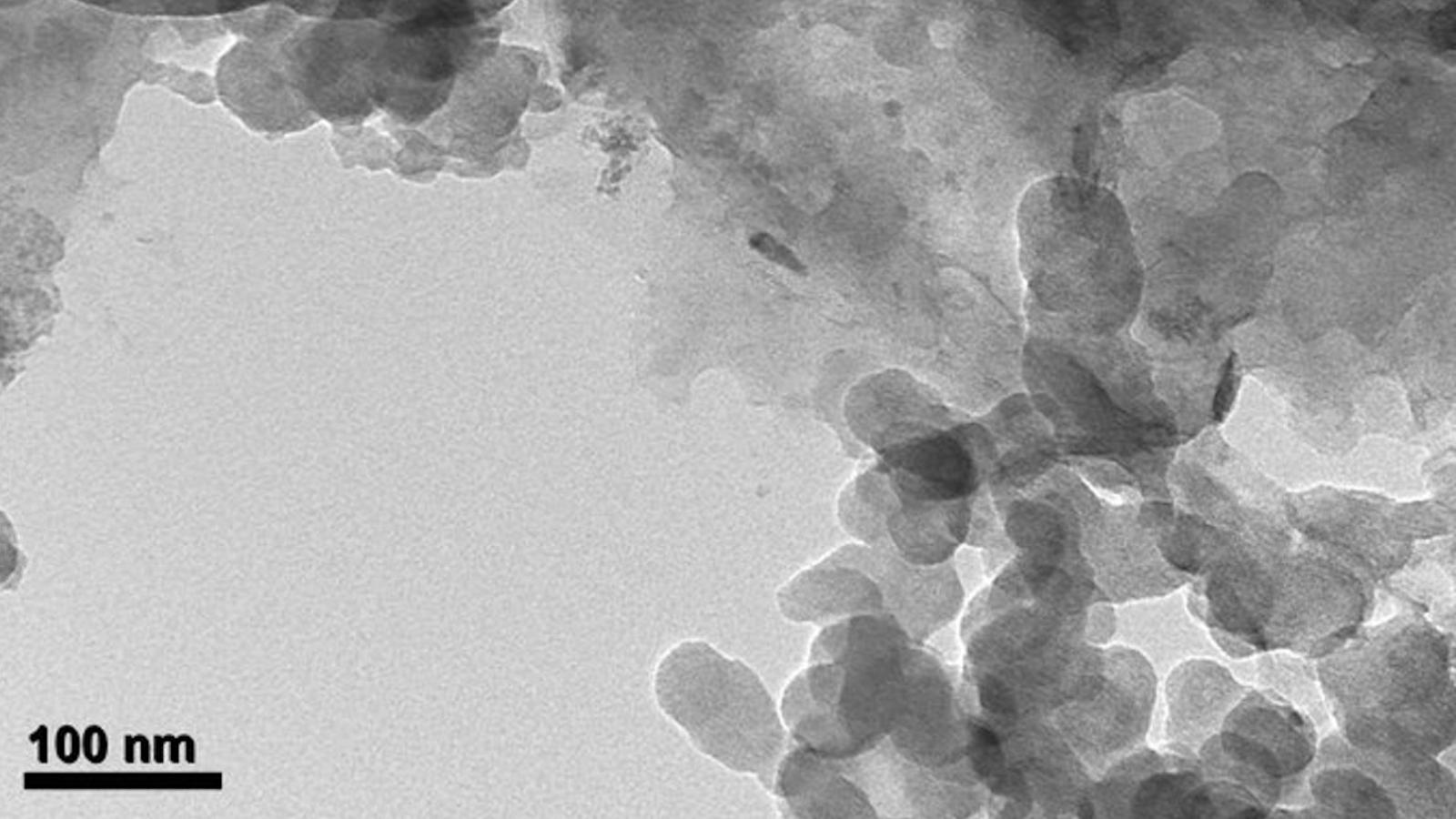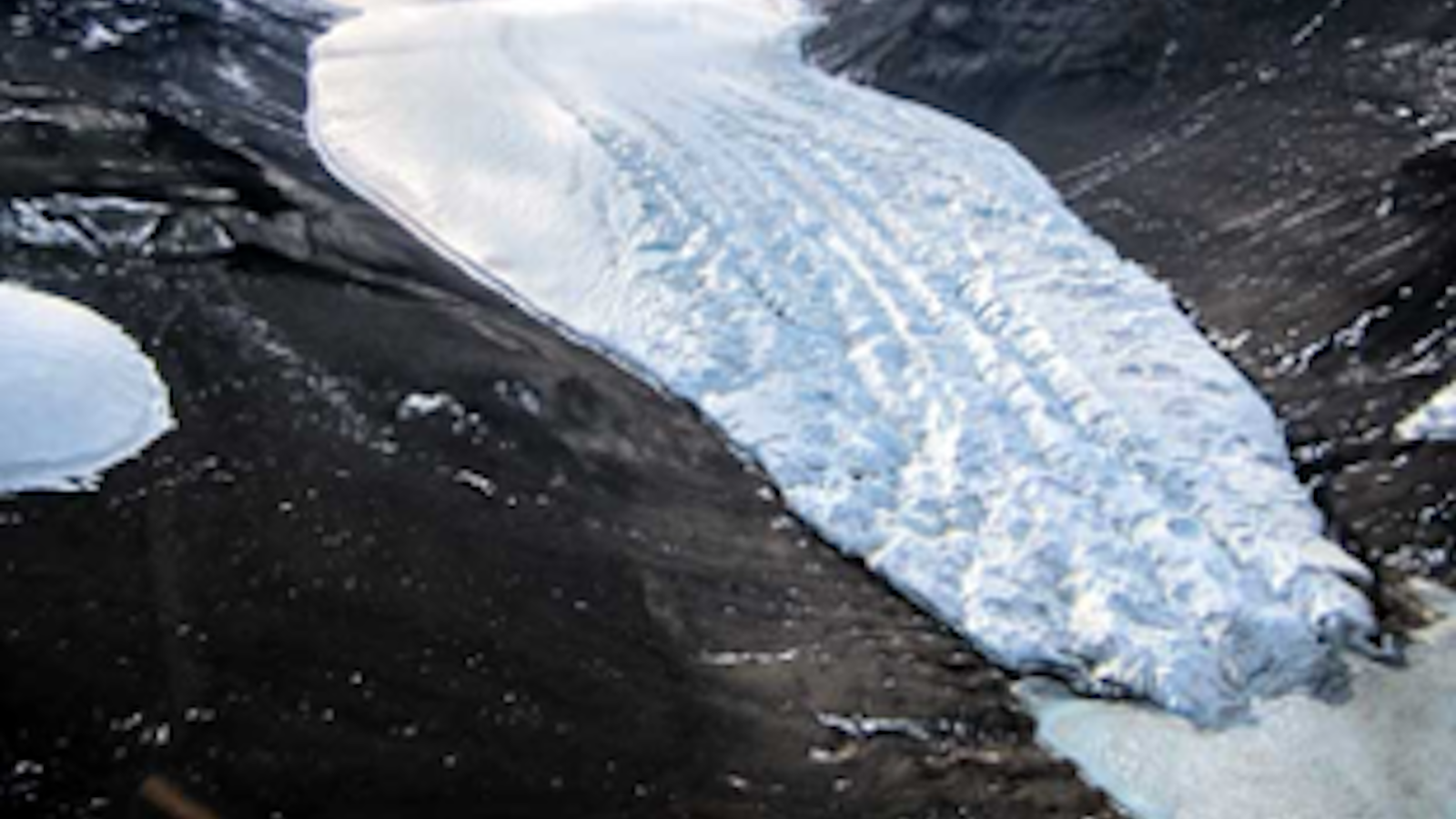A new study of atmospheric nanoparticles in ancient Antarctic ice
Research Scientists Dr. Paolo Gabrielli and Dr. John Olesik in collaboration with Ph.D. student Madeleine Lomax-Vogt and M.S. student Cole Bradley are conducting an NSF founded project to study extremely small atmospheric particles (100 to 1000x smaller than the diameter of a human hair) called “nanoparticles”, preserved in Antarctic ice. Ice cores from Taylor Glacier will provide a record of nanoparticles transported through the atmosphere and deposited in the pristine Antarctic environment over approximately the last 44,000 years.
The initial goal of this study is to establish the natural abundance of nanoparticles in the atmosphere before the influence of human activities. Processes that disturb the Earth’s crust (digging, building, mining, etc.) and industrial development (production of metals and other materials, burning of fossil fuels) have introduced additional nanoparticles into the Earth’s atmosphere. Many commercial products such as clothing, paint coatings, sunscreen, and food are increasingly being made using also engineered nanoparticles that are released into the environment, including silver, silicon dioxide, titanium dioxide, and zinc oxide nanoparticles.
This study will also contribute to clarify important environmental processes. Depending on their abundance, size and mineralogical composition, nanoparticles may in fact also play a role in climate processes and the transport of important nutrients into oceans. Obtaining this information is critical, as it constitutes an important benchmark for understanding the current climate and environmental changes due to human activities.


